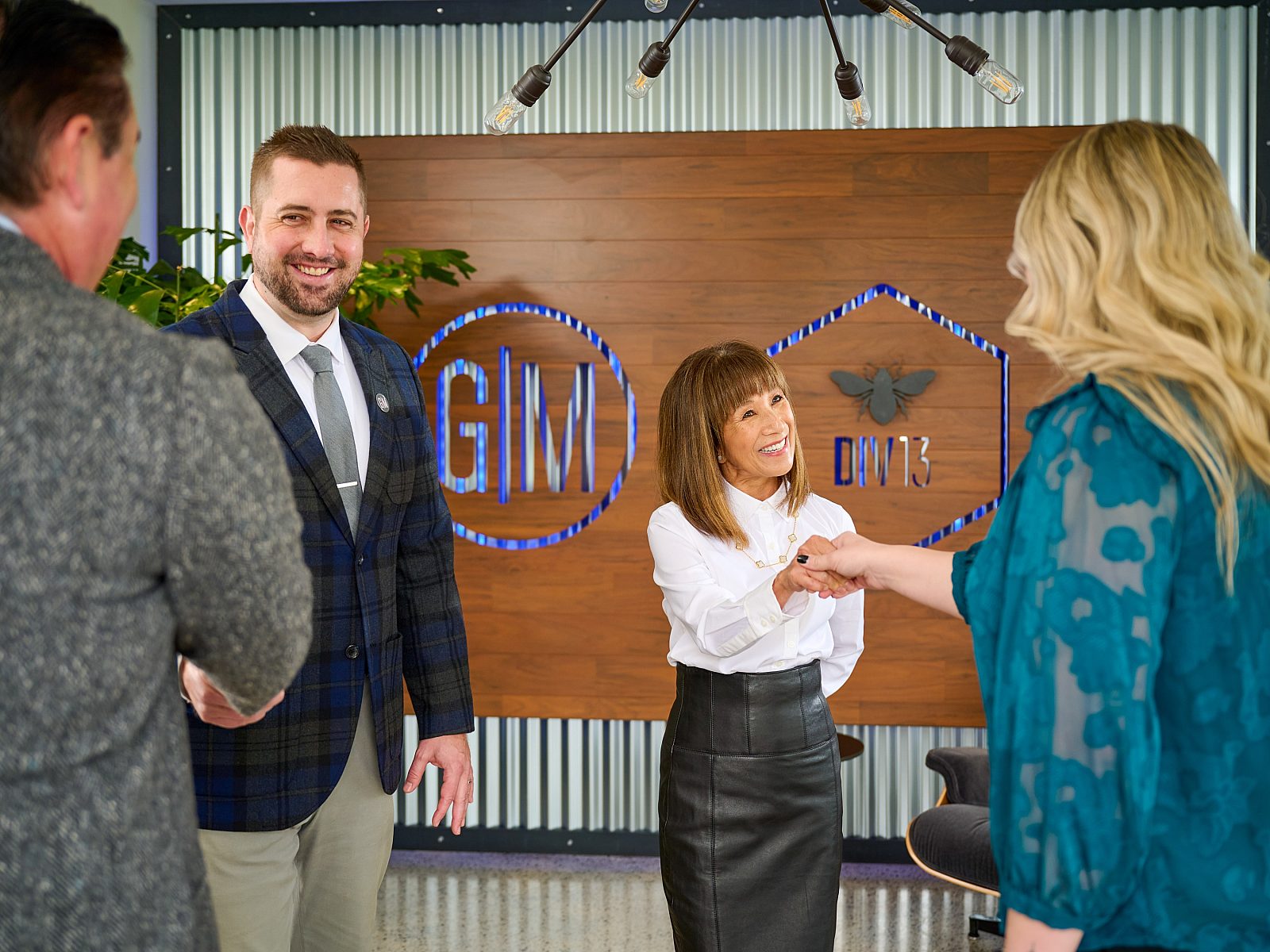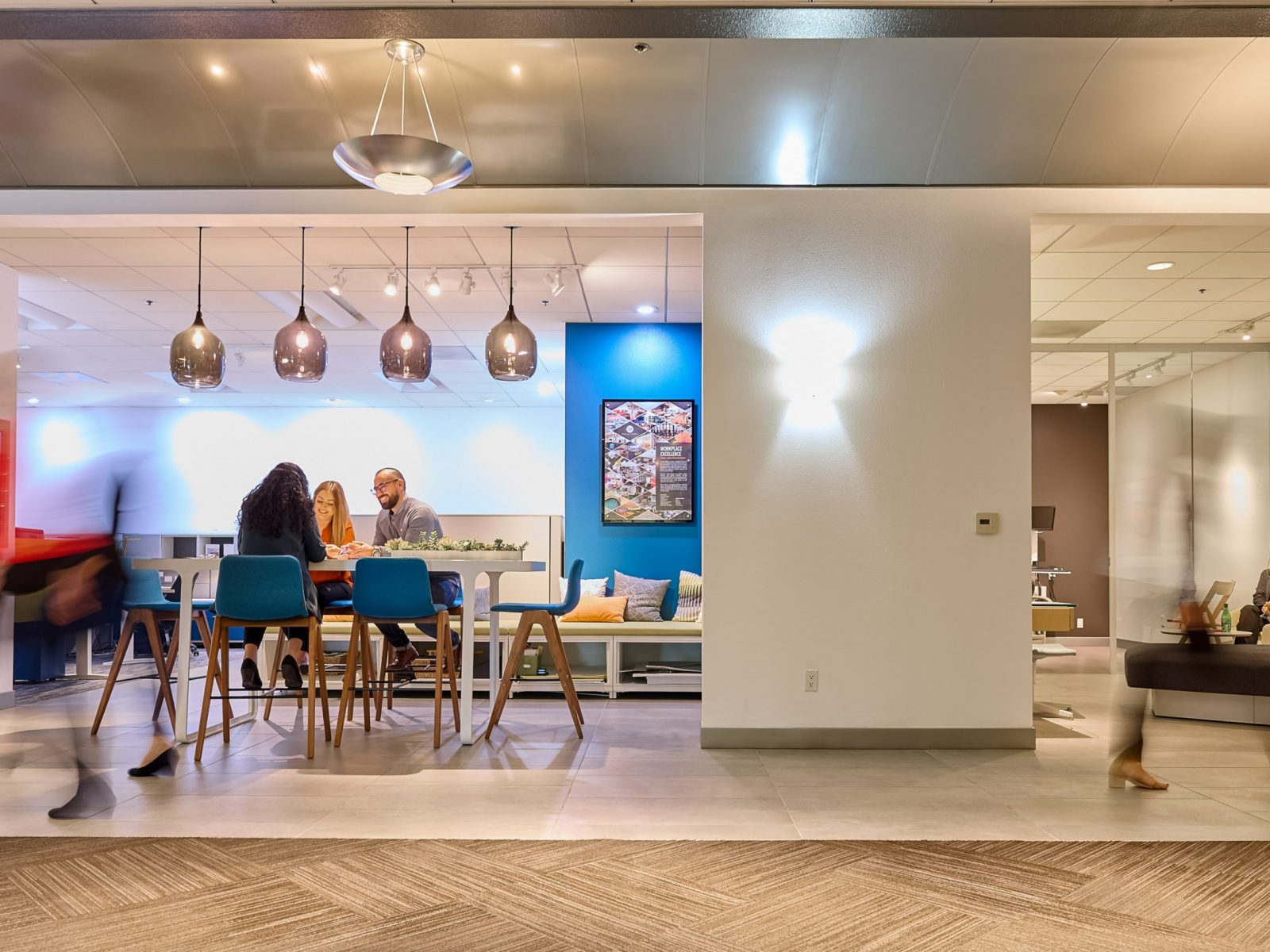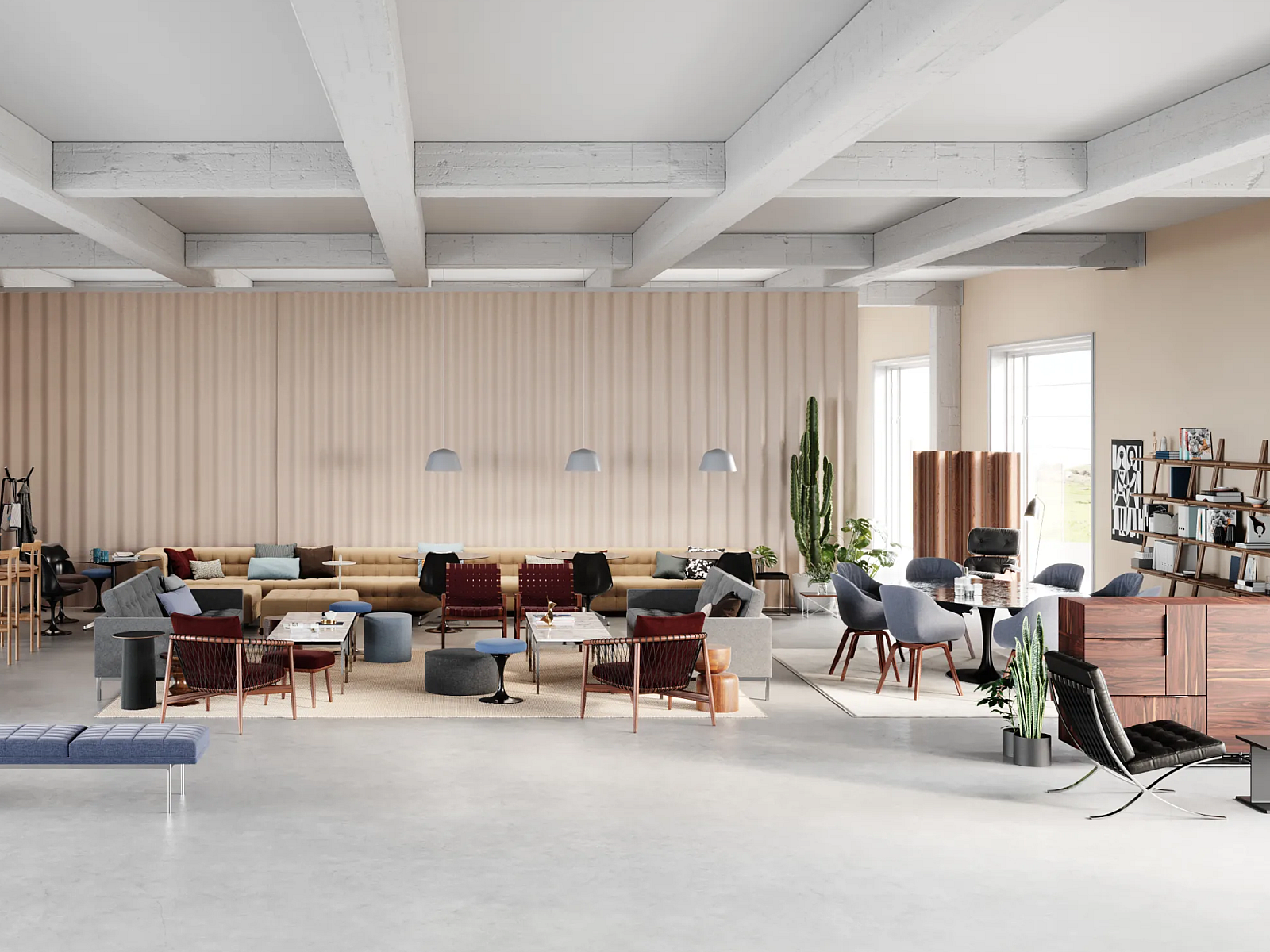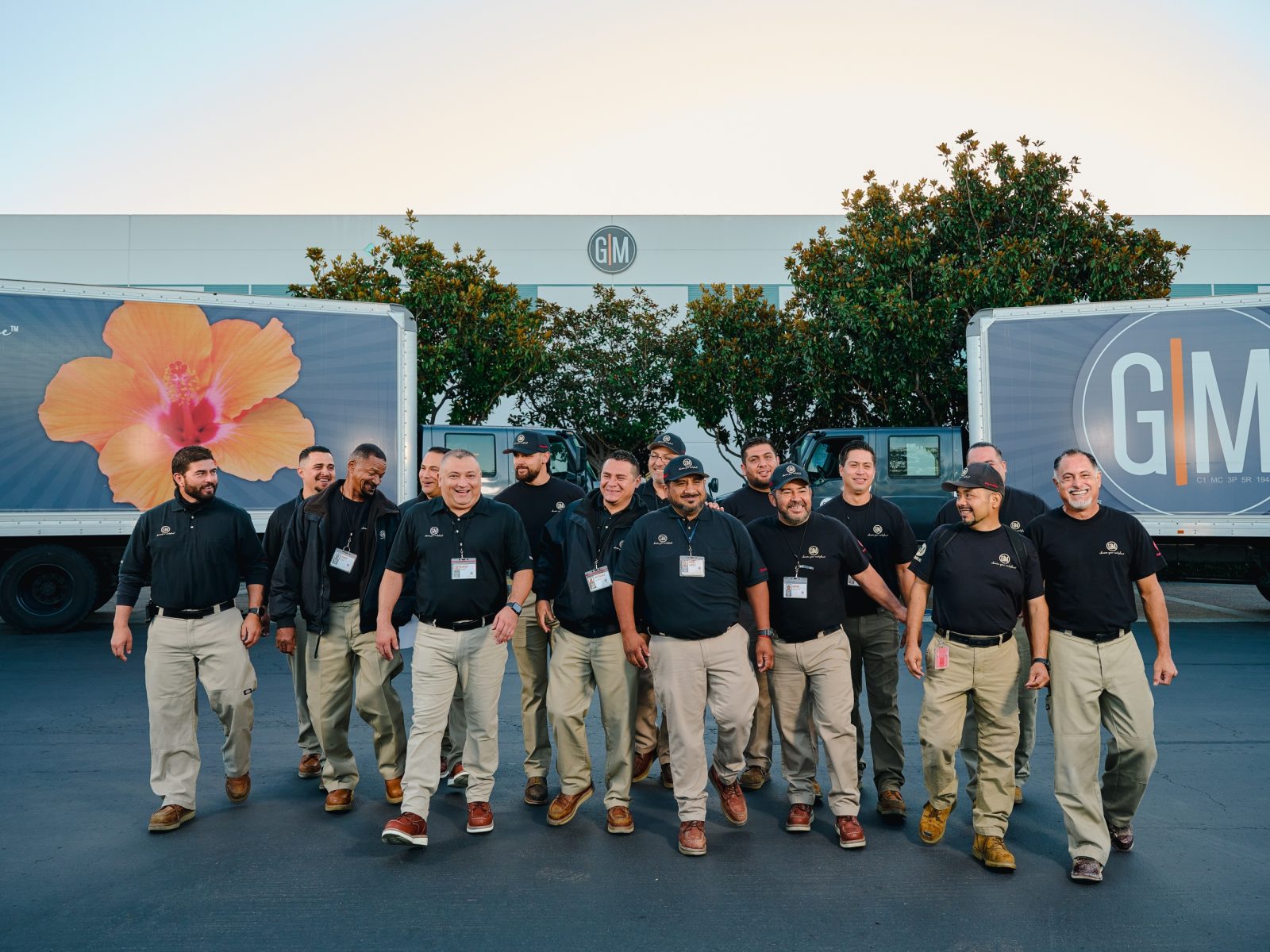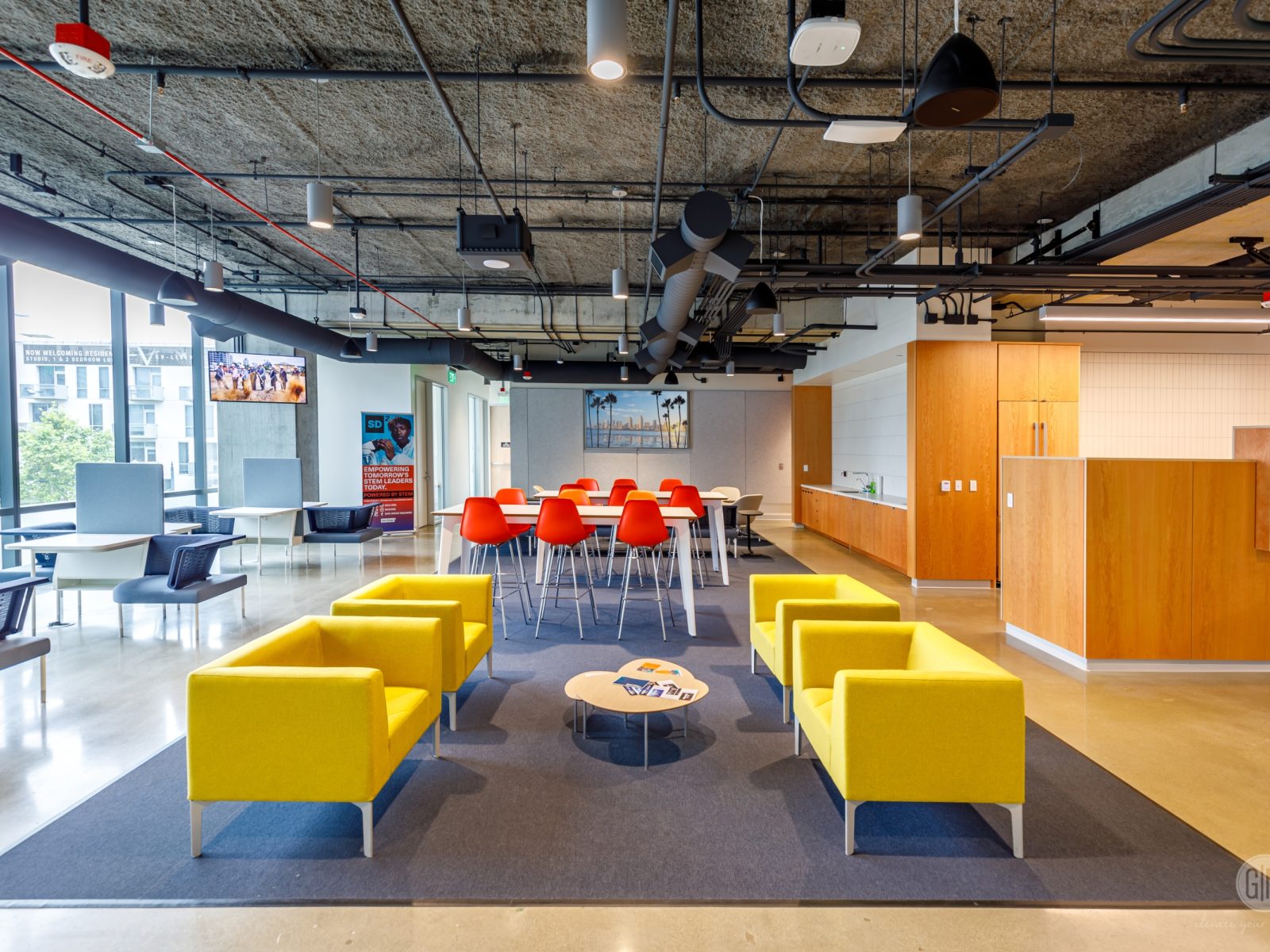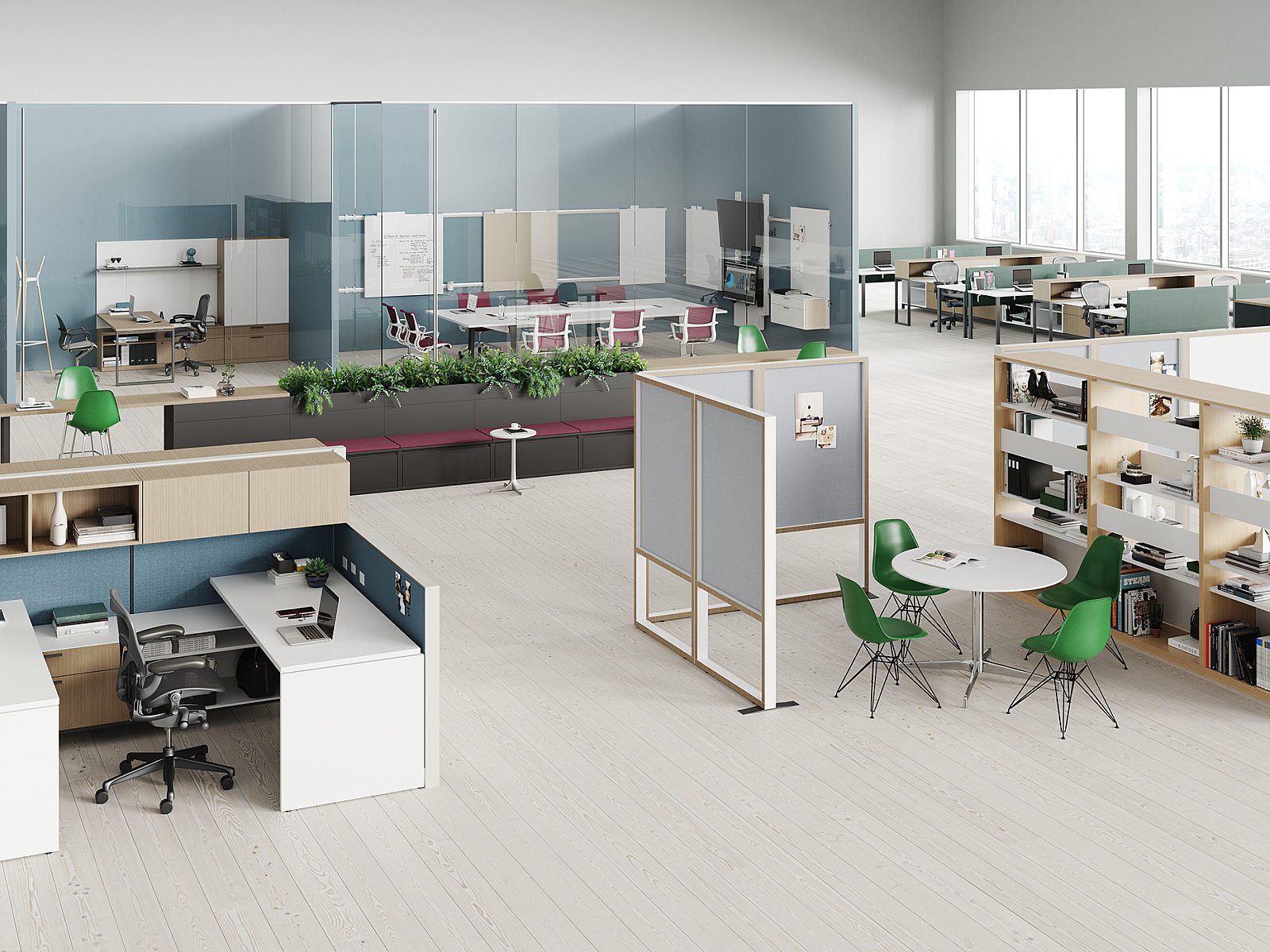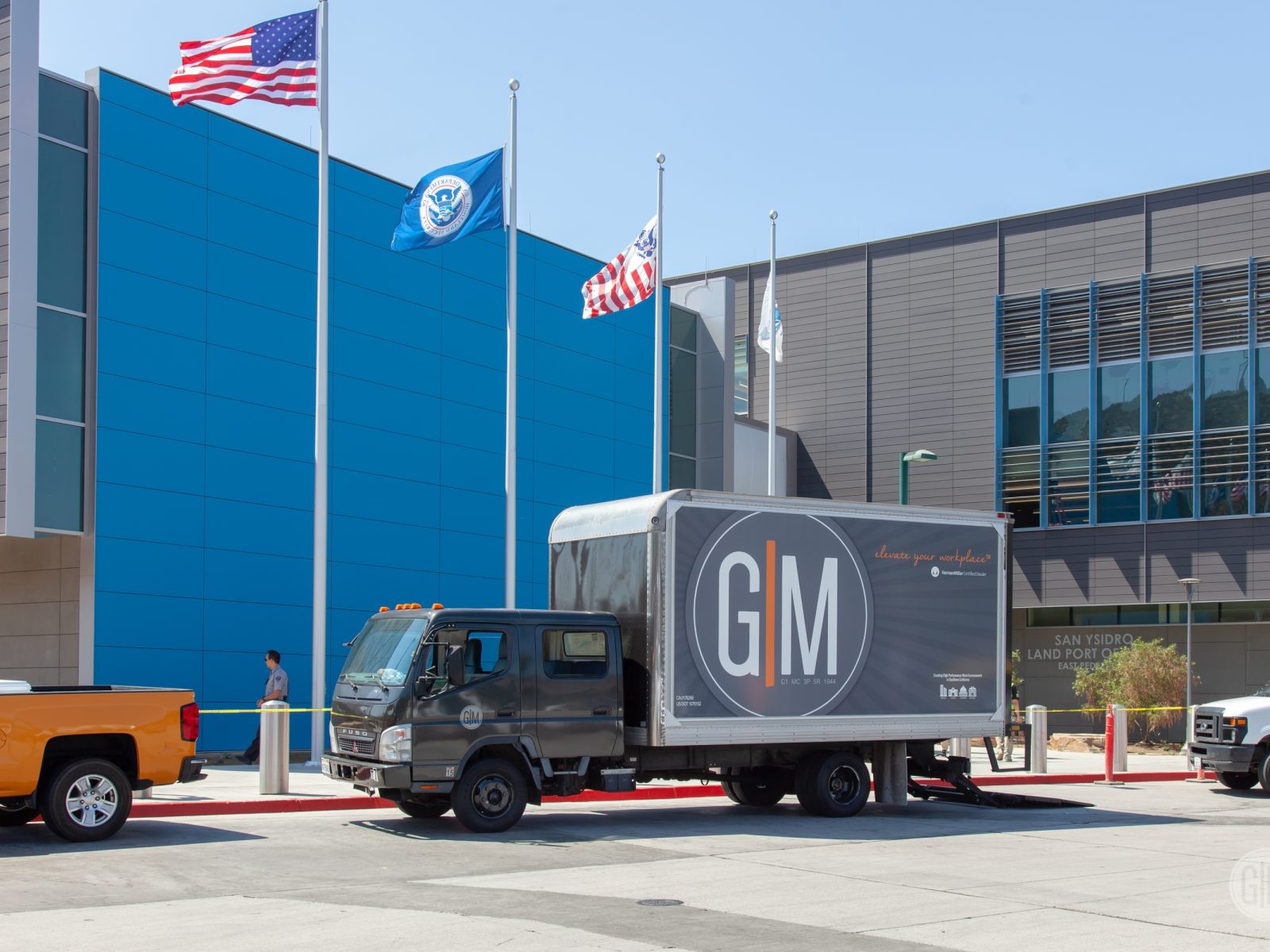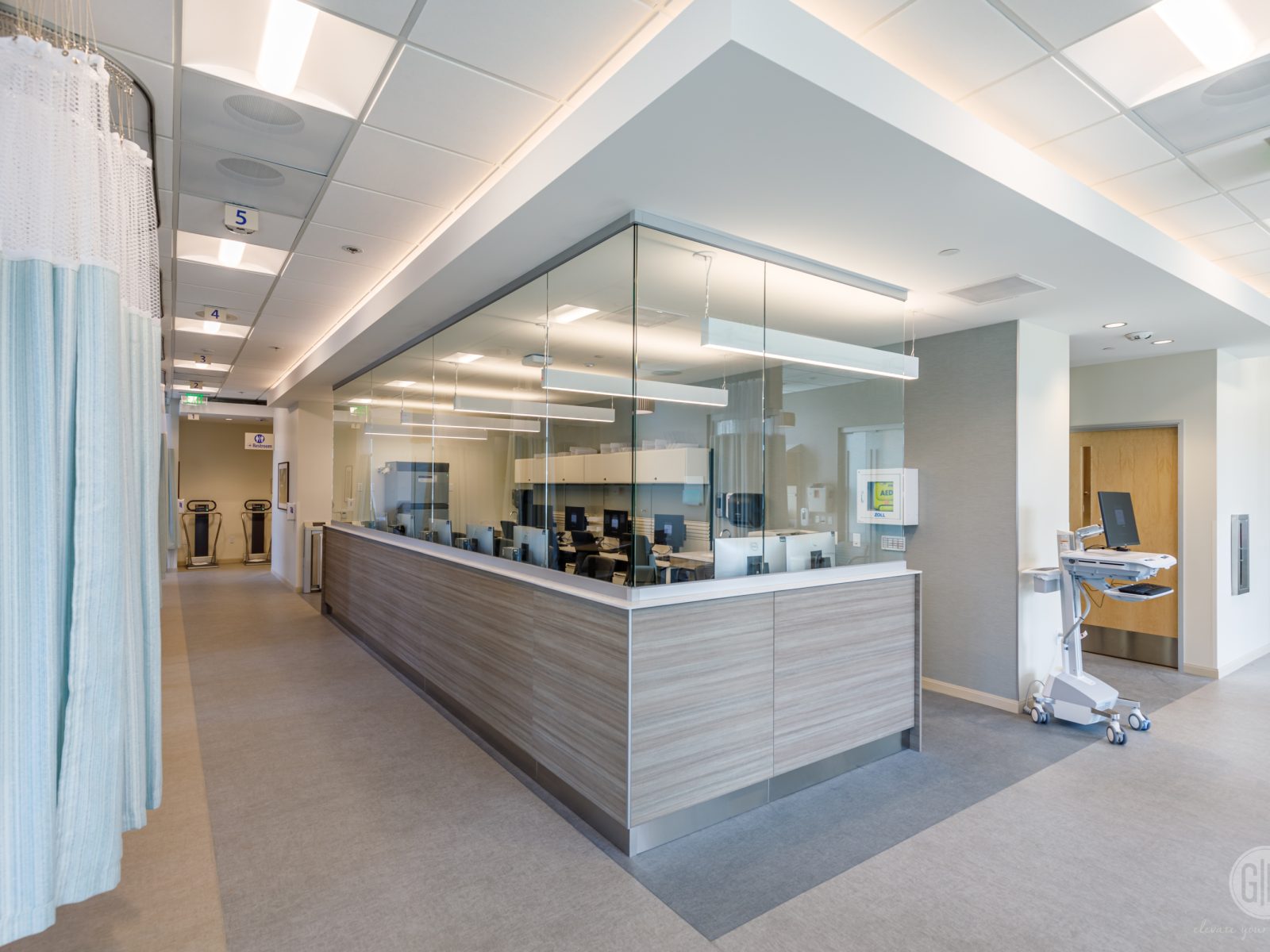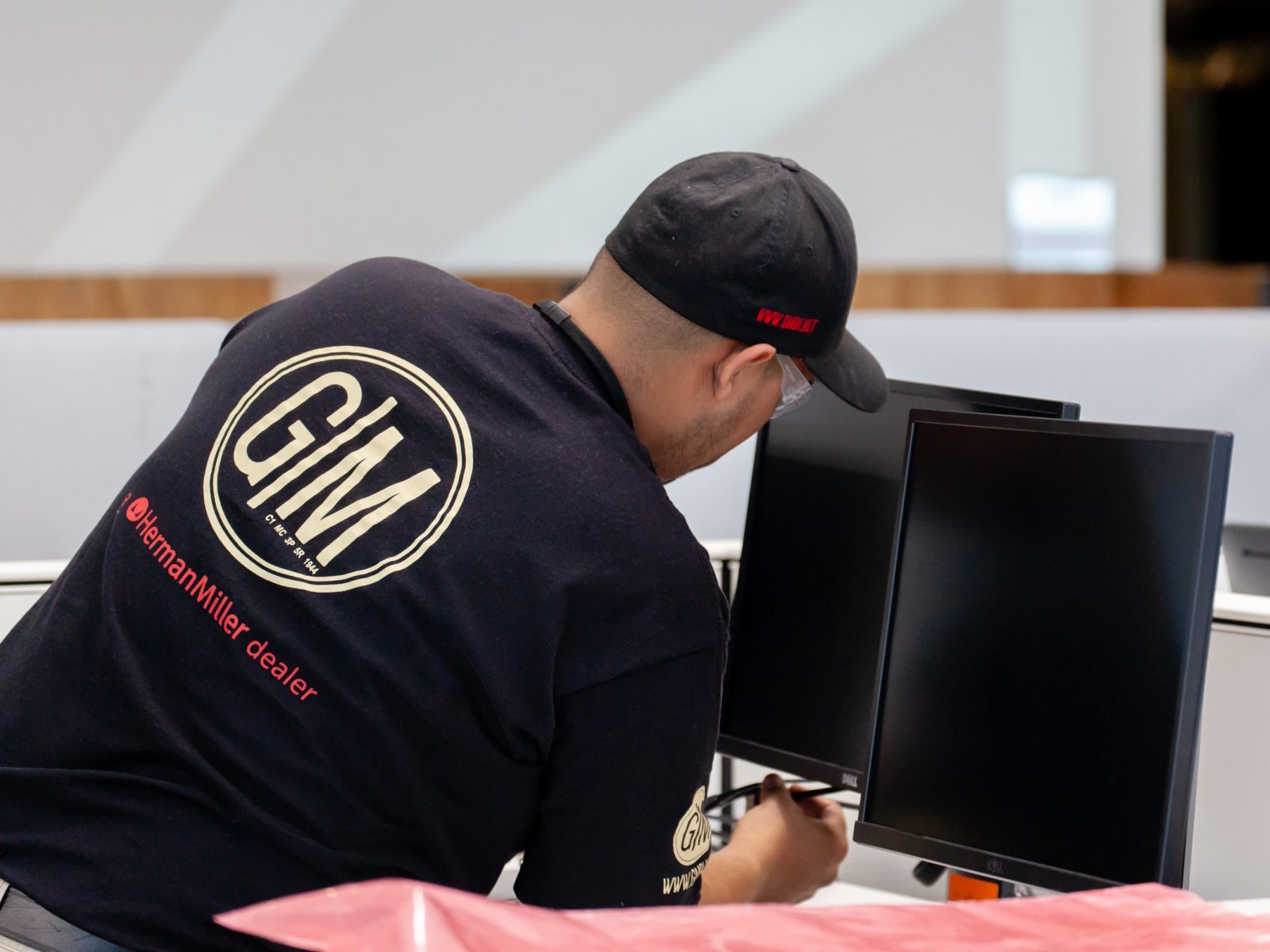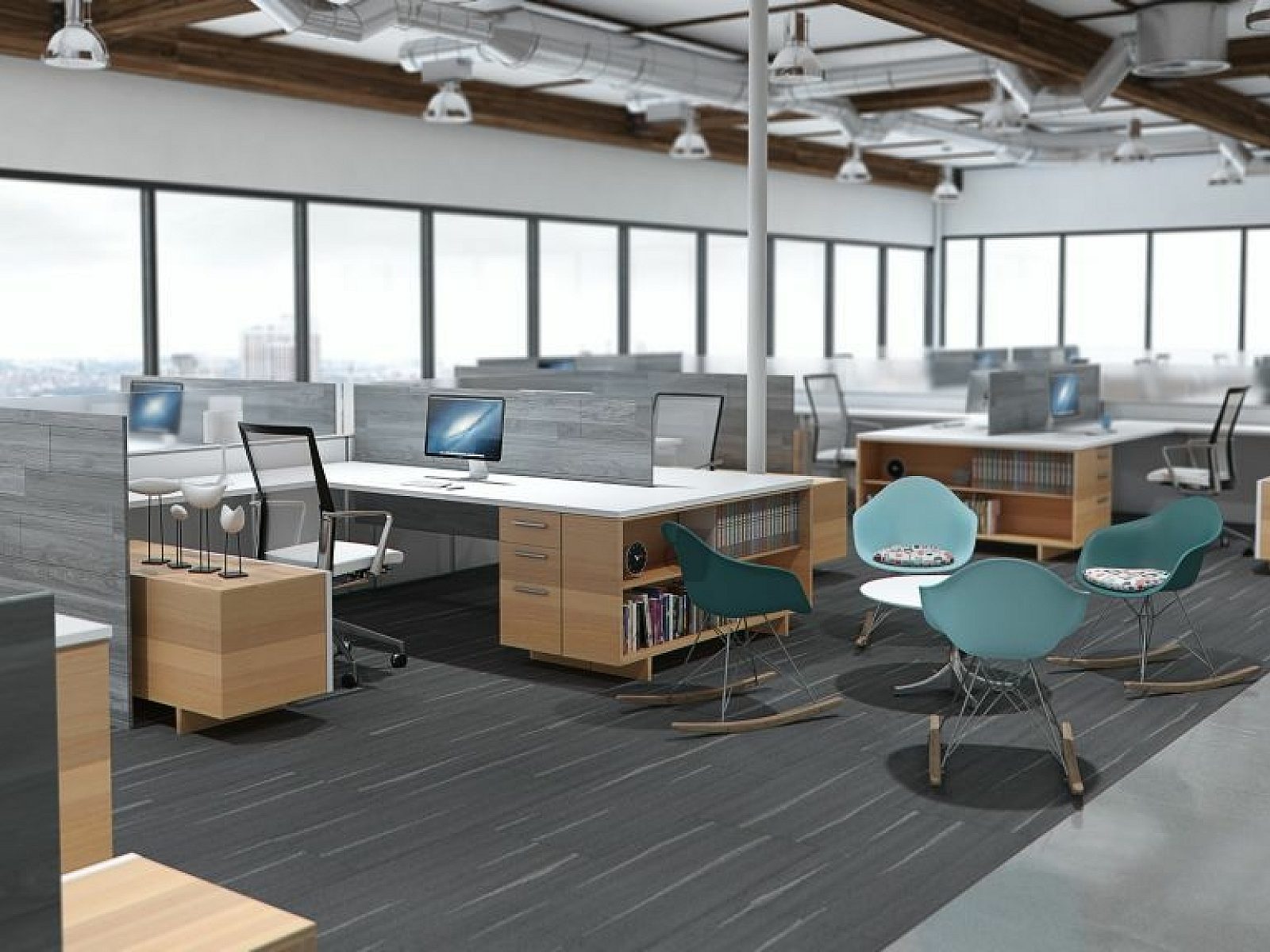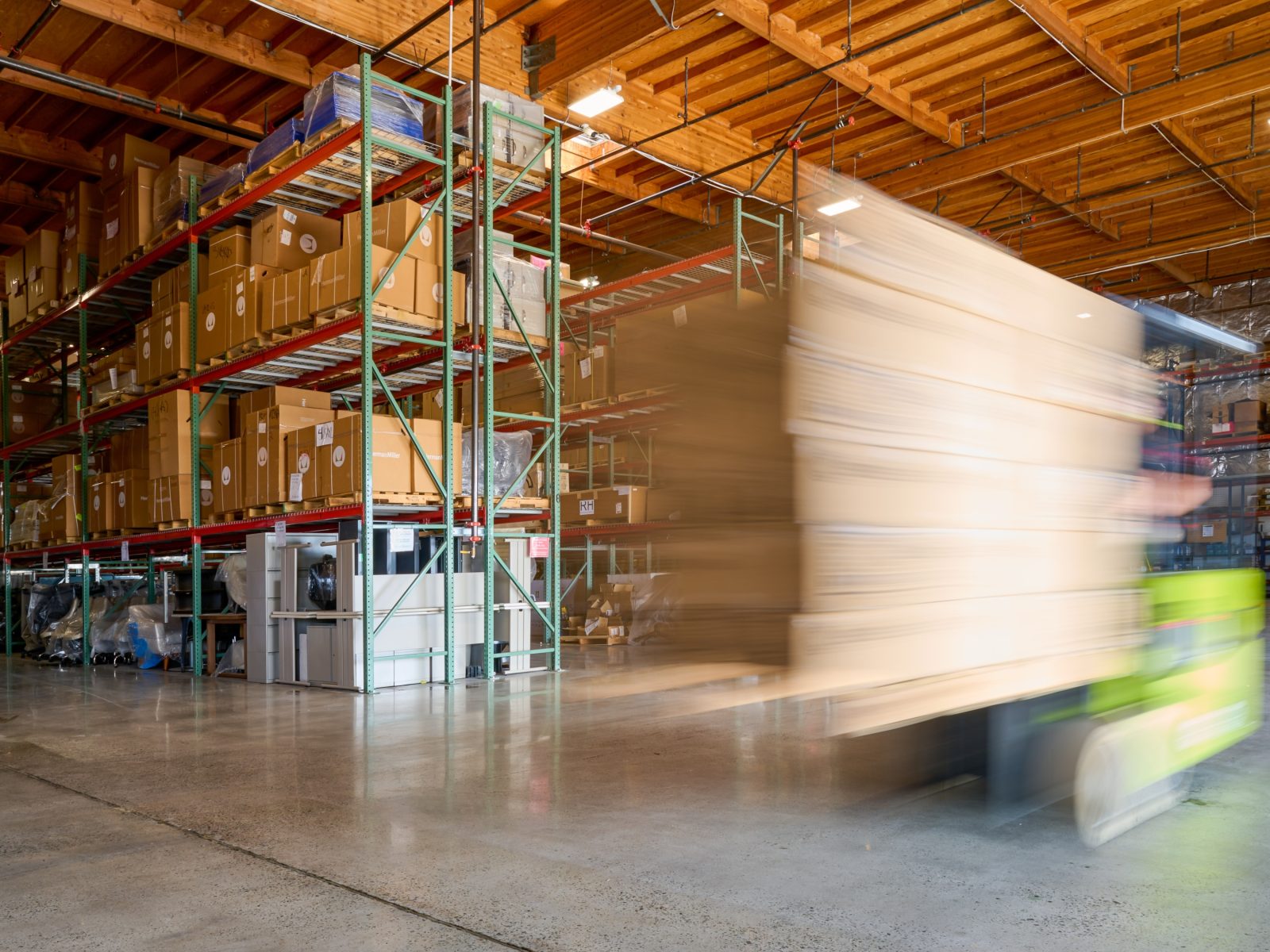Office Design Has The Power To Make Your Employees More Loyal
Strategic office design that fosters workplace attachment can boost employee engagement, initiative and loyalty.

This article was originally published by Allwork.Space.
- The concept of identifying the factors that bring buildings and humans closer together is still fairly new, but PLASTARC’s founder wants to make this the norm.
- Creating a dedicated space that nurtures innovation, creativity and the overall employee experience drives feelings of loyalty and initiative.
- Sitting down with Allwork.Space’s Future of Work Podcast, Melissa Marsh explains what it actually means to create the ideal workspace for occupants, how humans are innately connected to their surroundings and why the office may find a perfect one-size-fits-all solution.
Peanut butter and jelly. Ketchup and mustard. Jim and Pam. Mario and Peach.
Yes, these pairings are among the most popular couples Halloween costumes every year. But could humans and buildings become one of these iconic duos one day?
The concept of identifying the factors that bring buildings and humans closer together is still fairly new, but PLASTARC’s founder is aiming to make this the norm.
Sitting down with Allwork.Space’s Future of Work Podcast, Melissa Marsh explains what it actually means to create the ideal workspace for occupants, how humans are innately connected to their surroundings and why the office may find a perfect one-size-fits-all solution.
Nuance In The Human Connection
Investment into the worker experience has the power to make or break a company’s success.
Studies have long supported the natural desire for humans to be connected with their surroundings, but what role does an environment play in the engagement levels of workers?
Turns out, a leading one.
According to Marsh, companies are more likely to spend an exorbitant amount on their people than they are on space or technology, but this ignores the fact that these elements are naturally interwoven.
To address this, PLASTARC takes a nearly algorithmic approach to identify all factors that nurture workplace attachment, and measures them to better understand the relationship between workers and their surroundings.
“If we can leverage people, if we can leverage the space to improve the people experience, then that’s really going to mean it’s a much better experience,” said Marsh.
“Some of the ways that we might measure that are an engagement score, which is asking employees how engaged they are, how committed they are to their organization.”
However, Marsh adds that a factor driving engagement in one employee may be a moot point for another. But by creating a workspace based on expression and accommodation, employees are more likely to feel connected with both their space and employer.
The Process Of Employee Self-Reflection
Workers may often question whether their company cares for them or if their contributions are being noted.
But what if their environment spoke for itself?
“[Having] a wonderful work environment, that can be a visual and experiential expression of care,” said Marsh.
Creating a dedicated space that nurtures innovation, creativity and the overall employee experience drives feelings of loyalty and initiative.
By measuring exactly how a space impacts each worker, a distinct desire to do better comes naturally. However, it’s up to the company to usher in this type of culture.
What About The Work-From-Anywhere Trend?
According to pre-pandemic insight from Upwork, 73% of departments will feature remote workers by 2028. However, the last few years has thrust remote working into the spotlight, making this trend a mainstay in today’s workforce.
So what does this mean for the connectivity between workers and their environment?
“PLASTARC has always been advocates for enabling people to work where, when and how they want,” said Marsh. “You know that when people have freedom and discretion and control over that experience, they’re able to put themselves in settings that are more productive for them.”
Diversity and variety are what make a business thrive, so offices should reflect just that.
Marsh says in order to do this, companies should offer “a variety of different settings or a variety of different experiences,” which can provide them with useful analysis in the remote work era.
Shedding the basic premise of an office space — cubicles laden with overcast gray colors — organizations that offer a vibrant experience are more likely to entice employees to come into their space more often, thus boosting engagement levels.
For instance, if a worker is operating under a hybrid model, those two to three days in the office should offer a concentrated experience in order to solidify the loyalty employers are seeking.
“I think part of that means denser environments, environments where we’re more likely to run into our colleagues or neighbors or have more access to information through technology, et cetera,” said Marsh.
“So, I would say that we’re looking at environments that maybe feel more intense, not that that would mean not being a reflective environment or a relaxing environment, but less gray and less vanilla and more intentionality of space.”


